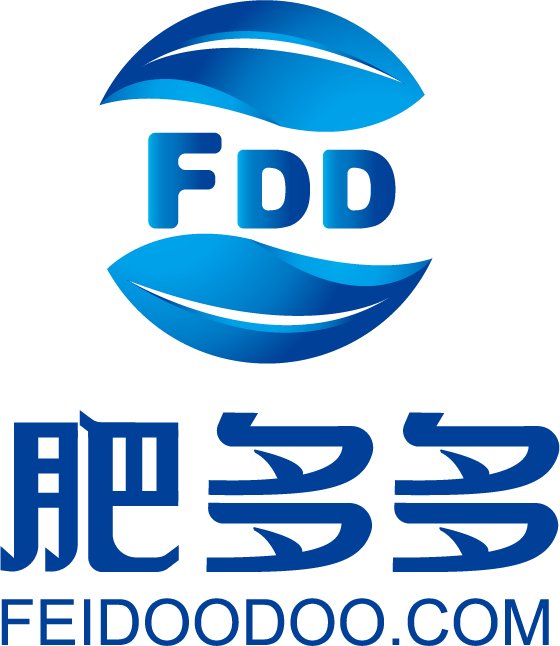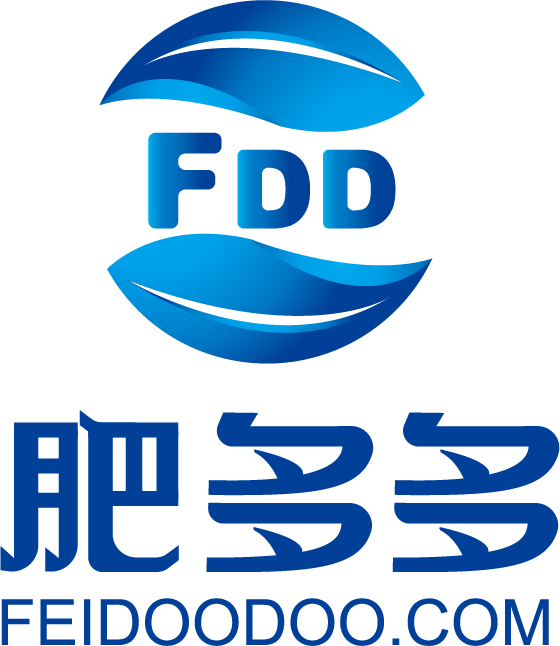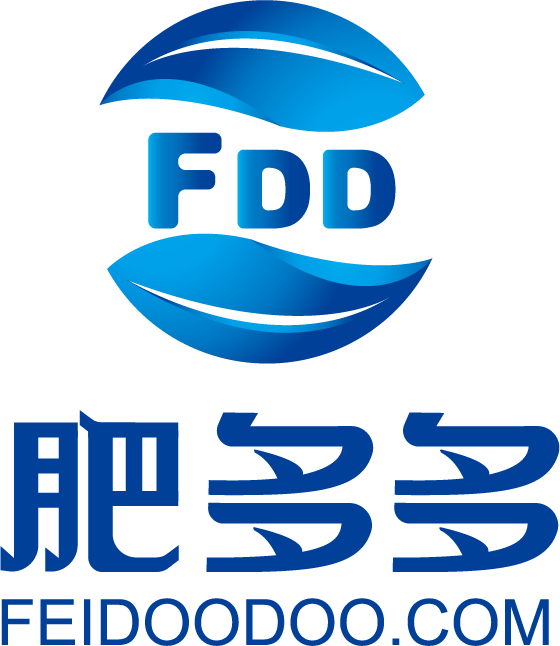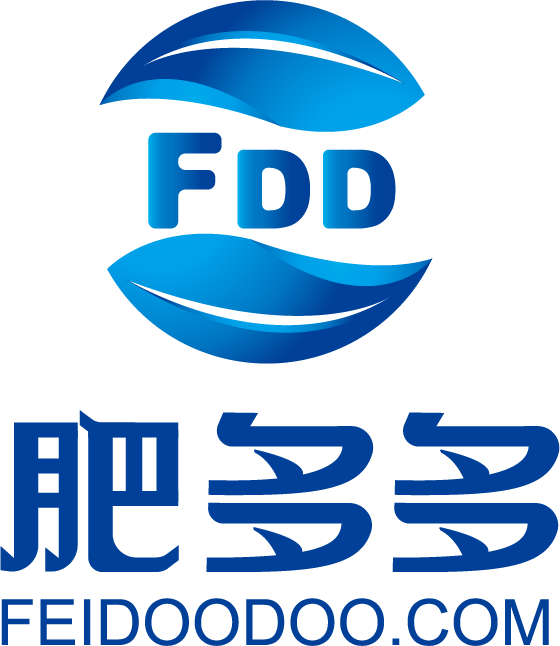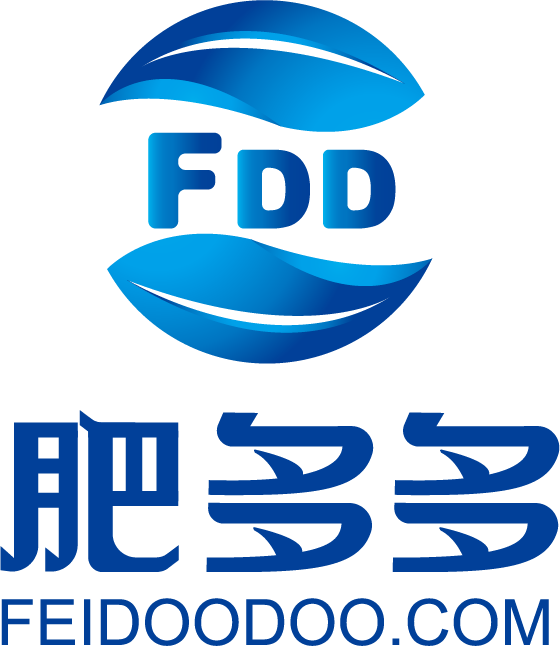International Fertilizer Market - Potash Giants Report First Quarter: Signs of Recovery in Potash Demand! Meanwhile, Russian Fertilizer Exports to the US Reach Annual High
Potash Demand Shows Signs of Recovery; Positive Outlook for Future Market Growth
Recently, international potash market giants Mosaic (MOS.N), Nutrien (NTR.N), and Israel Chemicals Ltd (ICL.N) released their financial reports for the first quarter of 2024. Despite challenges due to declining potash prices in the first quarter, all three companies reported signs of recovery in potash demand and are optimistic about the future growth potential of the market.
Mosaic's financial report showed that its total revenue for the first quarter of 2024 was $2.7 billion, a 26% decrease from the same period last year. The potash segment contributed $643 million in revenue, down 29% year-over-year, with operating profits falling to $198 million, a 50% decrease. Mosaic stated that this performance was mainly due to the decline in potash prices.
Looking ahead, Mosaic noted that although corn and soybean prices have recently slowed, farming remains profitable. A slight increase in these commodity prices could restore agricultural profitability to healthy levels, encouraging farmers to maximize yields. Prices for many other commodities, such as palm oil and rice, remain at very attractive levels. The expected shift from El Niño to La Niña weather patterns also creates favorable agricultural conditions in regions like Southeast Asia, India, and Brazil. Moreover, considering that some areas have experienced two years of insufficient fertilizer application, farmers are seeking to replenish soil nutrients. With North America emerging from a strong spring planting season, other regions of the world are expected to rebound in the coming months; in Brazil, low inventories and good demand prospects lay the foundation for peak or near-peak fertilizer shipments in 2024; in Southeast Asia, strong palm oil fundamentals will drive demand recovery.
During its quarterly earnings call, Mosaic emphasized that favorable conditions in Southeast Asia are particularly important, as the region is expected to account for about two-thirds of this year's global potash shipment growth. Indeed, in January and February, due to depleted channel inventories, the ratio of potash prices to palm oil prices was very constructive, leading to a 35% increase in potash imports in Malaysia and Indonesia compared to the previous year.
Meanwhile, Nutrien also released its financial data for the first quarter of 2024. The quarter's revenue was $5.39 billion, with the potash segment generating $813 million, down 19% mainly due to lower market potash prices. In terms of production and sales, potash sales reached 3.41 million tons in the first quarter, a 29% increase year-over-year. Influenced by low channel inventories, North American market sales grew significantly, up 53% year-over-year from 854,000 tons last quarter to 1.307 million tons; overseas market sales also exceeded last year, reaching 2.106 million tons.
For future market trends, Nutrien estimates that the US will plant about 90 million acres of corn and 87 million acres of soybeans, with planting progress consistent with historical averages and strong demand for fertilization. However, recent wet weather may delay planting and fertilization in the US Corn Belt. In Brazil, farmers are completing soybean harvests, and favorable weather conditions have led to a larger-than-expected Safrinha corn planting area. It is expected that soybean profit margins will improve from the compressed levels of 2023 and support an increase in planting area and crop input demand in the second half of 2024. Additionally, soil moisture conditions vary in Australia but still support the upcoming growing season. The Indian monsoon is expected to produce average to above-average rainfall, supporting yield potential and farmers' demand for crop inputs.
ICL's financial report showed that its revenue for the first quarter of 2024 was $1.735 billion. The potash business generated $423 million in revenue, a 29% decrease year-over-year, with operating profits dropping sharply to $62 million, a 75% decline. ICL also attributed the decline in first-quarter performance to fluctuations in global potash market prices. ICL produced 1.13 million tons of potash in the first quarter, achieving sales of 1.08 million tons, a 12% increase over the same period last year, mainly due to strong performance in markets such as the US, Europe, and India. Moreover, ICL's CEO Raviv Zoller stated in the earnings call, "The company still faces various operational challenges related to the war, including higher logistics costs."
Regarding future market expectations, Raviv Zoller commented, "Although grain prices have fallen slightly, rice prices have continued to rise, up 6.8%, and the overall agricultural sentiment remains stable. In the first quarter, as global potash demand stabilized, most of the end markets we serve began to show signs of recovery. Currently, global demand for potash is strong, and prices have stabilized since the beginning of 2024. The outlook is generally positive, with farmers still able to afford fertilizers, as high levels of potassium deficiency in the soil have become a clear threat to yields in most regions."
Despite short-term fluctuations in global potash market prices challenging potash oligopoly suppliers in the first quarter, manufacturers remain optimistic about the overall development prospects of the potash market this year. With the continuous improvement of agricultural fundamentals and the recovery of the global economy, potash, as an essential agricultural input, is expected to see steady growth in demand.
Russian Fertilizer Exports to the US Reach a New Annual High of $174 Million
Analysis by Russian news agency RIA Novosti of data from the US National Statistics Bureau revealed that in March, the US purchased $174 million worth of fertilizers from Russia, the highest amount since February last year.
In early spring this year, the US bought $174 million worth of Russian fertilizers, a 10% increase from February and 1.7 times the amount from the same period last year. Meanwhile, over the year, Russian fertilizers accounted for 17.1% of the total US fertilizer imports, up from 9.7%.
The US primarily purchased potash fertilizers, amounting to $95.5 million, a 29% increase from the previous month. In March, the US also imported $75.3 million worth of nitrogen fertilizers and $3.1 million worth of phosphate fertilizers.
Russia has become the second largest fertilizer supplier to the US market.
Canada remains the largest fertilizer supplier to the US, providing $338 million worth of fertilizers in March, accounting for one-third of the US's total fertilizer imports. Saudi Arabia ranks third, supplying 13.5% of the total US fertilizer imports.
- International Fertilizer Market - Potash Giants Report First Quarter: Signs of Recovery in Potash Demand! Meanwhile, Russian Fertilizer Exports to the US Reach Annual High3148
- Phosphate Fertilizer Weekly Report: Supported by Pending Orders and Costs, Firm Prices2771
- Urea Weekly Review: Cautious Buying and Slow Follow-Up, Prices Hold Steady2833
- Urea Daily Review: Weakened Supply-Demand Support, Enterprises Lower Prices to Attract Orders2845
- Phosphate Fertilizer Daily Review: Pending Orders Support Prices, Stability in the Short Term2922

